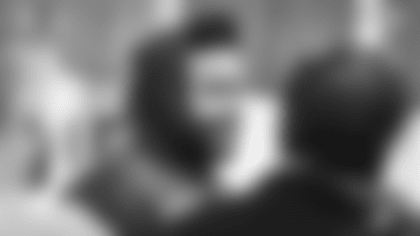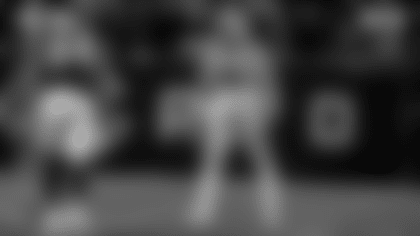Maybe one of the reasons Green Bay Packers memorabilia from the distant past doesn't surface more often on the collector's market is because much of it went up in flames.
While the Packers actually owned only one of the properties, here is a list of the worst Packers-related fires since the team was founded in 1919.
1. Hagemeister Park Armory (Dec. 25, 1926) – The Packers used the city-owned building as a locker room and for storage. The team lost uniforms, blankets and equipment, including headgear. The players lost their pants, shoulder pads, knee and ankle braces, and shoes, all of which they had to furnish at the time. But perhaps the biggest loss "was a string of old footballs that had seen use in important Packers victories." The Armory was located just east of where Cherry Street ends at Baird and was used by the Packers when they played at Hagemeister Park from 1919-22. It survived the wrecking ball when East High School was built and was used again during the Packers' first two seasons in City Stadium (1925-26). The fire was discovered at 5:15 Christmas morning and by the time the firefighters arrived 15 minutes later, the building was doomed.
2. Rockwood Lodge (Jan. 24, 1950) – The Packers purchased the building in 1946 at Curly Lambeau's urging and used it as a training headquarters for four seasons. They lived there and practiced there. The lodge (pictured) resembled a centuries-old European chateau and sat on a pristine tract of land overlooking the waters of Green Bay, near Dyckesville, but it wasn't practical. It was a drain on the franchise's finances at a time when it was going broke, and an unforgiving bed of limestone lied not even inches under the practice field and wreaked havoc on the players' legs. The caretaker said he had feared fire for a long time and blamed it on faulty wiring. It also was an eerie January afternoon marked by thunder, lightning and howling winds, a rare winter mix in Green Bay. The Packers' uniforms and equipment were packed away at City Stadium so their losses were reportedly minimal. In truth, they were better off collecting the insurance money than continuing to pay the bills there. But what a waste. The building would be a cherished landmark today.
3. Lambeau's Bay Shore Cottage (Sept. 24, 1937) – The fire burned from 10 o'clock at night until 5 the next morning. Lambeau reported he lost pictures and trophies that could not be valued in terms of money. He had purchased the cottage that summer, refurnished it and planned to spend about 10 months a year there. The cottage was located along the east bay shore, near what is now the University of Wisconsin-Green Bay. Lambeau said all he saved was the suit he was wearing.
4. Lambeau's Fish Creek Home (Aug. 7, 1961) – Lambeau reported he lost almost all his mementos collected over his football career. The fire was reported at 10 a.m., not long after he had left for Green Bay. Retired by then, Lambeau was living in Door County during the summer and spending winters in California. The home included six bedrooms, five baths and was located on Fish Creek's fashionable Cottage Row.
5. Astor Hotel (Feb. 4, 1966) – Starting in the late 1920s and continuing into the 1950s, most every single Packer and even some of the married ones lived at the Astor during football season. By 1966, it had become a fleabag, but there still had to be precious possessions and records around from when the likes of Johnny Blood, Clarke Hinkle and other future Hall of Famers stayed there. If nothing else, the memories that went up in smoke were inestimable. Hotel managers Mayme Toule and Sue Wallen served as surrogate mothers for the players during the 1930s and '40s. They'd watch their money, darn their socks – anything they needed. Located on Adams Street almost kitty-corner from the Hotel Northland in downtown Green Bay, the Astor also had a bar that was a hangout for players and fans alike, and where Sunday nights would turn into New Year's Eve following a Packers home victory. Eight people perished in the Astor fire, which was called the worst in Green Bay's history.
For more of Cliff Christl's historical perspectives, click here.















